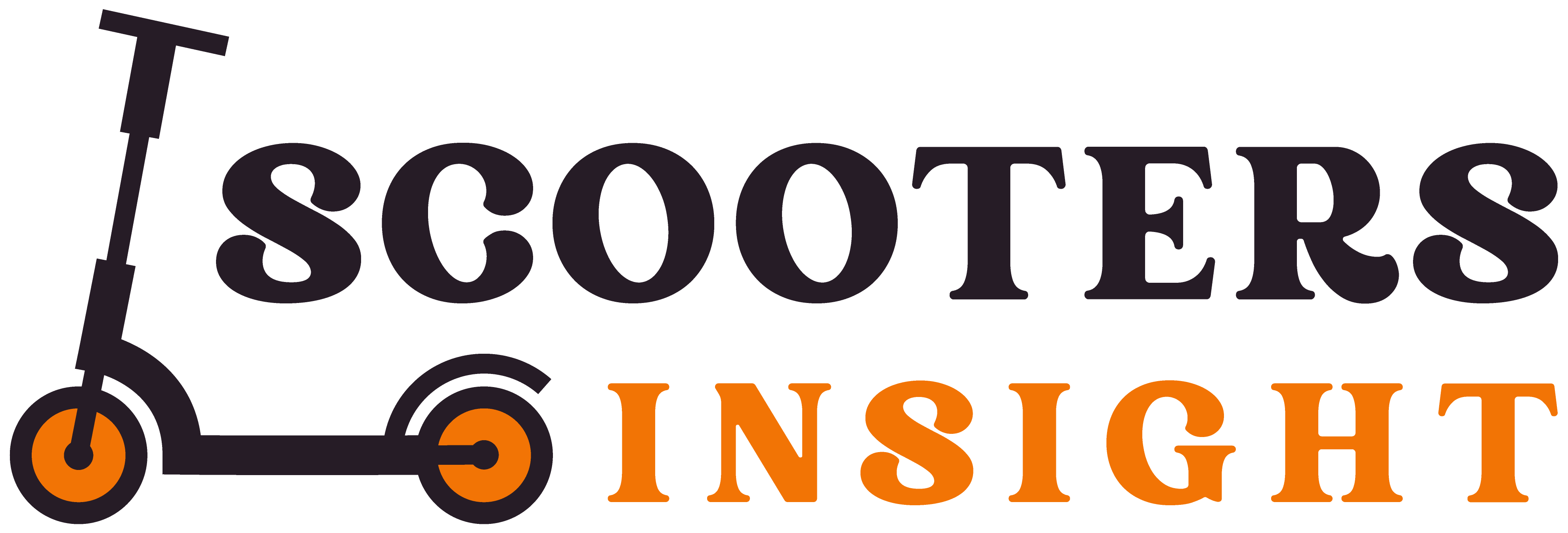Scooters and skateboards have different features with scooters having a smaller standing platform and narrower decks and wheels. On the other hand, skateboards offer a smoother and cooler riding experience.
Some argue that skateboarding is more difficult, while others find scooters easier to learn and perform tricks on. There is no significant difference between genders in terms of learning skateboarding. Both scooters and skateboards provide cardio workouts, but skateboarding is known for its high-intensity bursts of energy.
Ultimately, the choice between a scooter and a skateboard depends on personal preference and the level of difficulty one is willing to take on.
Comparing Features
When comparing features, scooters and skateboards offer different advantages. Scooters have a smaller standing platform and are easier to learn and ride, while skateboards provide a smoother and cooler experience, albeit with a bit more difficulty.
Size And Structure
When it comes to size and structure, scooters and skateboards have some notable differences. Scooters tend to have a smaller standing platform than skateboards, with narrower decks and smaller wheels. They also typically have only one handlebar for steering and control. On the other hand, skateboards have a larger deck for stability and wider trucks for better maneuverability. The larger wheels of a skateboard provide a smoother ride over rough surfaces. Overall, the size and structure of scooters and skateboards play a significant role in determining their performance and riding experience.
Ease Of Riding
The ease of riding is an important factor to consider when choosing between a scooter and skateboard. Scooters are generally easier to learn and ride, making them a great option for beginners, including kids and adults. The handlebar provides stability and balance, allowing riders to stay upright and navigate with less effort. Skateboarding, on the other hand, requires more practice and skill to master. Without a handlebar for support, riders must rely on their balance and body control to stay on the skateboard. This can be more challenging for beginners, but with practice, skateboarding can become a rewarding and enjoyable activity.
Trick Difficulty
When it comes to performing tricks, the difficulty varies between scooters and skateboards. Scooter tricks generally tend to be easier to learn and execute due to the stability provided by the handlebar. Tricks such as tailwhips and barspins are common in scooter riding and can be mastered with practice. Skateboarding, on the other hand, presents a greater challenge when it comes to tricks. The absence of a handlebar requires skateboarders to have precise foot placement, timing, and coordination for tricks like ollies, kickflips, and grinds. This makes skateboarding trick difficulty higher but also allows for more creative freedom and expression.
Physical Benefits
Riding a scooter or a skateboard is not just a fun way to get around, but it also provides a range of physical benefits. Both activities engage your muscles and provide a cardiovascular workout, keeping you fit and active. Let’s explore the specific physical benefits of scooting and skateboarding.
Cardiovascular Workout
Skateboarding and scootering are excellent forms of cardiovascular exercise. They get your heart rate up, improving cardiovascular health and endurance. When you ride a skateboard or a scooter, you engage in continuous movement, increasing your heart rate and burning calories.
Skateboarding involves a lot of pushing with your legs while maintaining your balance. This repetitive motion gets your heart pumping and blood flowing, similar to a high-intensity workout or a cycling class. Riding a scooter also requires constant movement of your legs and body, giving your heart a good workout.
Regular cardiovascular exercise helps improve your overall fitness, strengthens your heart and lungs, and can even reduce the risk of chronic conditions such as heart disease and obesity.
Muscle Engagement
Whether you choose a scooter or a skateboard, both activities engage multiple muscle groups in your body.
Skateboarding requires balance, core strength, and coordination. It engages muscles in your legs, including your quadriceps, hamstrings, and calves, as you push off, maneuver, and maintain balance on the board. Additionally, your upper body muscles, such as your arms, shoulders, and core, are engaged as you maintain stability and perform tricks.
Scootering also targets various muscle groups. Riding a scooter involves continuous pushing with your legs, engaging your quadriceps, hamstrings, and calves. Your glutes are also activated as you control the scooter’s movements. Additionally, your core muscles are constantly engaged as you maintain balance and stability on the scooter.
Engaging these muscle groups regularly through skateboarding or scootering helps build strength, improve muscle definition, and enhance overall physical performance.
Overall, both skateboarding and scootering provide a range of physical benefits, including cardiovascular exercise and muscle engagement. Whether you choose a skateboard or a scooter, both activities offer a fun and effective way to stay fit and active.

Credit: www.possway.com
Frequently Asked Questions For Scooter Vs Skateboard
Is Skateboarding Harder For Girls?
Skateboarding is not harder for girls. Gender doesn’t play a role, but girls may have an advantage since they are generally lighter and less likely to break the board when landing tricks incorrectly. Learning to ride anything, including skateboards, is not easy for anyone.
What Do You Call Bikes Scooters Skateboards?
Bikes, scooters, and skateboards are all called micromobility vehicles. They provide convenient and eco-friendly transportation options.
Is Riding A Skateboard Work?
Riding a skateboard is a great cardio workout and provides a fantastic cardio workout. It gets your heart and blood pumping, similar to a high-intensity workout or a spin class. Skateboarding involves explosive bursts of energy and works your heart in a similar way.
Are Scooters Or Skateboards Better For Commuting?
Scooters and skateboards are both great options for commuting, but it depends on personal preference. Scooters offer stability, ease of use, and often have larger wheels for smoother rides. Skateboards require more skill and balance but are more versatile when it comes to maneuverability in tight spaces.
Consider factors like distance, terrain, and your comfort level to decide which is better for your commute.
Conclusion
The debate between scooters and skateboards ultimately comes down to personal preference. Both have their unique advantages and disadvantages, from ease of riding to trick capabilities. Scooters may be seen as easier to learn and maneuver, while skateboards offer a smoother, cooler experience.
Ultimately, whether you choose a scooter or a skateboard, the most important thing is to have fun and enjoy the ride.

